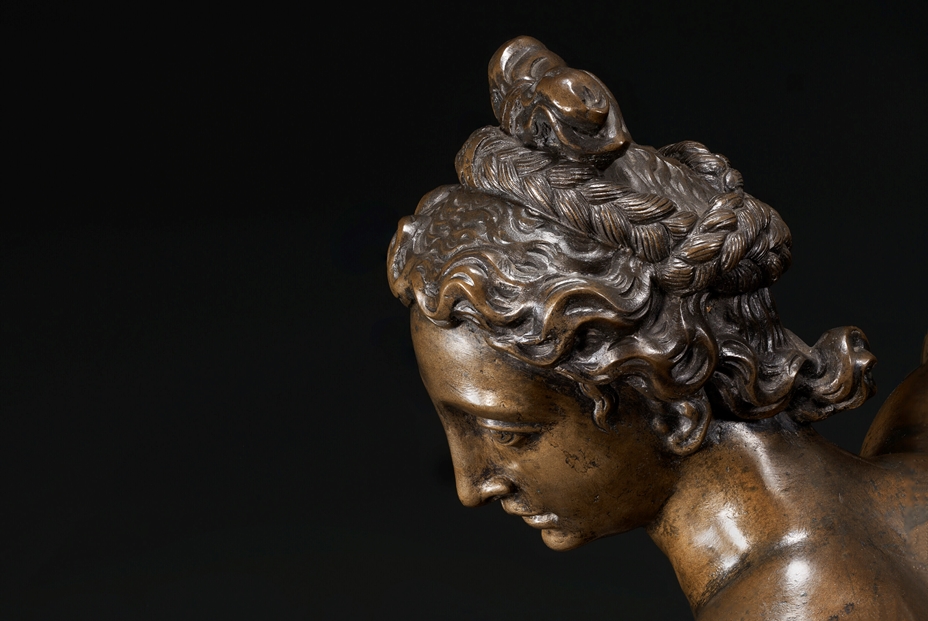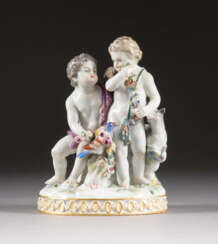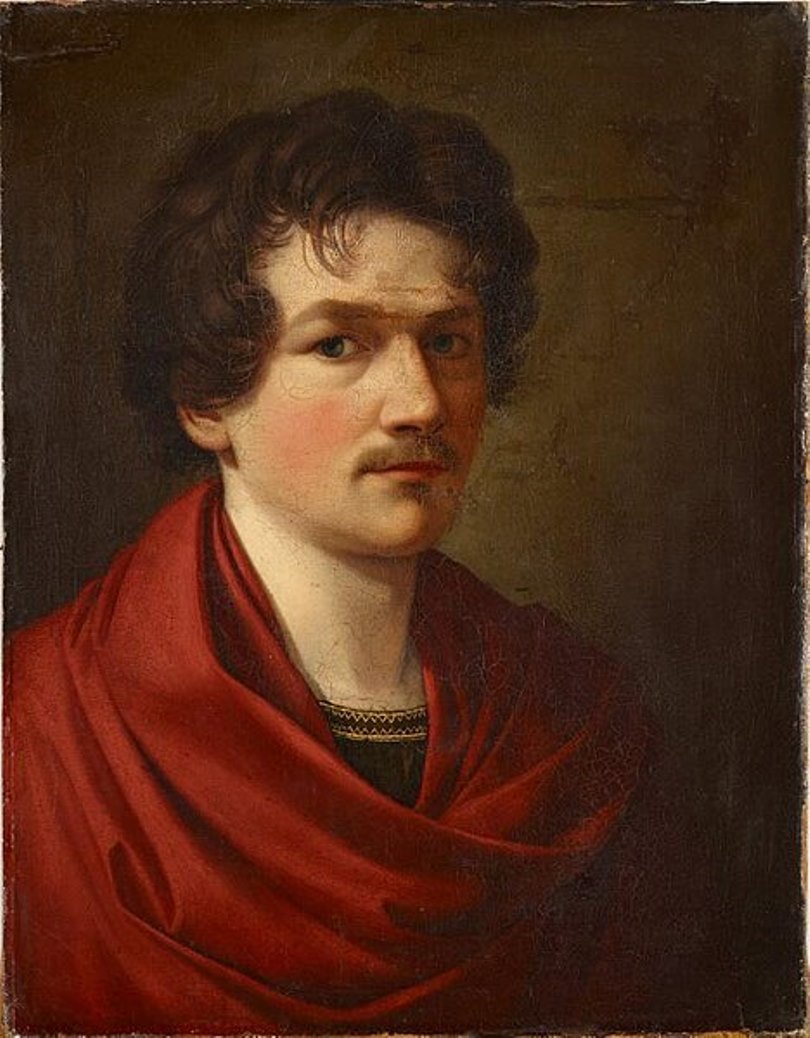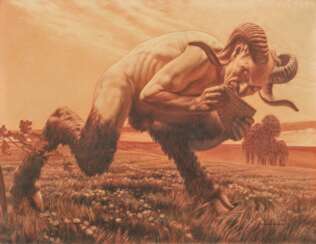carl baum

Karl Maria Plückebaum was a German realist painter who often portrayed children and animals in nature and in everyday life.


Karl Maria Plückebaum was a German realist painter who often portrayed children and animals in nature and in everyday life.


Karl Maria Plückebaum was a German realist painter who often portrayed children and animals in nature and in everyday life.


Karl Maria Plückebaum was a German realist painter who often portrayed children and animals in nature and in everyday life.


Karl Maria Plückebaum was a German realist painter who often portrayed children and animals in nature and in everyday life.


Karl Maria Plückebaum was a German realist painter who often portrayed children and animals in nature and in everyday life.


Karl Maria Plückebaum was a German realist painter who often portrayed children and animals in nature and in everyday life.


Karl Maria Plückebaum was a German realist painter who often portrayed children and animals in nature and in everyday life.


Karl Maria Plückebaum was a German realist painter who often portrayed children and animals in nature and in everyday life.


Karl Maria Plückebaum was a German realist painter who often portrayed children and animals in nature and in everyday life.


Karl Maria Plückebaum was a German realist painter who often portrayed children and animals in nature and in everyday life.


Carl Spitzweg was a German romanticist painter, especially of genre subjects. He is considered to be one of the most important artists of the Biedermeier era.


Carl Spitzweg was a German romanticist painter, especially of genre subjects. He is considered to be one of the most important artists of the Biedermeier era.


Carl Maria Nicolaus Hummel was a distinguished German landscape painter and etcher, renowned for his delicate representations of the natural world. Born in Weimar in 1821, Hummel embarked on his artistic journey under the guidance of Friedrich Preller at the Fürstliche freie Zeichenschule Weimar starting in 1841. His rich legacy is shaped by extensive travels across Europe, capturing the essence of each locale with a keen eye for detail and mood.
Hummel's artistry is marked by his adept use of light and texture, which brings scenes to life with a vibrancy that transcends time. His works, such as the serene "Valley of the Mills, near Amalfi" and the contemplative "Sky Study (Sunset)", showcase his skill in marrying color and form to reflect both the tranquility and the dramatic interplay of natural landscapes.
For art collectors and connoisseurs, Hummel's paintings are a testament to the romantic spirit of 19th-century art. His paintings are prominently featured in prestigious institutions across Northern Europe, including the Musée de la Vie Romantique in Paris. Each piece serves as a window into the historical and cultural narratives of the time, making them invaluable additions to any collection.
Renowned for his meticulous approach and the emotional depth of his work, Hummel's contributions to the world of art continue to inspire and captivate audiences. His ability to capture the sublime beauty of nature makes his work an enduring treasure in the landscape genre of the 19th century.
Stay informed about the latest exhibitions and auction events featuring Carl Maria Nicolaus Hummel's work. Sign up now for exclusive updates tailored for collectors and art history enthusiasts. Your subscription ensures you never miss an opportunity to add a piece of history to your collection.


Carl Spitzweg was a German romanticist painter, especially of genre subjects. He is considered to be one of the most important artists of the Biedermeier era.


Carl Spitzweg was a German romanticist painter, especially of genre subjects. He is considered to be one of the most important artists of the Biedermeier era.


Carl Spitzweg was a German romanticist painter, especially of genre subjects. He is considered to be one of the most important artists of the Biedermeier era.


Johann Carl Schönheit was a Saxon sculptor and porcelain modeller. He worked at Meissen Porcelain Factory from 1731, learning the fine arts by Johann Joachim Kändler's and Michel Victor Acier.


Carl Morgenstern was a German landscape painter of the Romantic period. His father, Johann Friedrich Morgenstern, was an architectural and landscape painter, and Carl received painting and drawing lessons from him at a young age.
At the age of 21 Carl went to Munich and became a pupil of the landscape painter Carl Rottmann. After a three-year stay in Italy, he returned to Frankfurt am Main, where he established himself as an artist and was later appointed professor.
His paintings from the early period mainly show landscapes, which surprise with special light effects and earned him the nickname "Italianist". Despite his desire for artistic innovation, he later devoted himself mainly to repeating popular motifs in order to satisfy his patrons.
Some of his most important works are views of Frankfurt am Main and the city's surroundings, as well as landscapes from the Taunus and along the Rhine.

Carl Ernst Morgenstern was a German landscape painter and professor at the School of Applied Arts in Breslau.
His father Christian E. B. Morgenstern was also a landscape painter and taught his son in his early years. Later Morgenstern studied with various teachers, including Josef Schertel, Eduard Schleich and Theodor Kotsch.
Carl Ernst Morgenstern was an important landscape painter of the 19th century. His style was influenced by the Barbizon School, which advocated painting en plein air and a realistic depiction of nature and landscape. Morgenstern also introduced these ideas into his teaching at the School of Arts and Crafts in Breslau and thus influenced an entire generation of artists. Today his works can be found in numerous museums and collections and he is considered one of the most important landscape painters of his time.


Carl Morgenstern was a German landscape painter of the Romantic period. His father, Johann Friedrich Morgenstern, was an architectural and landscape painter, and Carl received painting and drawing lessons from him at a young age.
At the age of 21 Carl went to Munich and became a pupil of the landscape painter Carl Rottmann. After a three-year stay in Italy, he returned to Frankfurt am Main, where he established himself as an artist and was later appointed professor.
His paintings from the early period mainly show landscapes, which surprise with special light effects and earned him the nickname "Italianist". Despite his desire for artistic innovation, he later devoted himself mainly to repeating popular motifs in order to satisfy his patrons.
Some of his most important works are views of Frankfurt am Main and the city's surroundings, as well as landscapes from the Taunus and along the Rhine.

Carl Ernst Morgenstern was a German landscape painter and professor at the School of Applied Arts in Breslau.
His father Christian E. B. Morgenstern was also a landscape painter and taught his son in his early years. Later Morgenstern studied with various teachers, including Josef Schertel, Eduard Schleich and Theodor Kotsch.
Carl Ernst Morgenstern was an important landscape painter of the 19th century. His style was influenced by the Barbizon School, which advocated painting en plein air and a realistic depiction of nature and landscape. Morgenstern also introduced these ideas into his teaching at the School of Arts and Crafts in Breslau and thus influenced an entire generation of artists. Today his works can be found in numerous museums and collections and he is considered one of the most important landscape painters of his time.


Carl Spitzweg was a German romanticist painter, especially of genre subjects. He is considered to be one of the most important artists of the Biedermeier era.


Carl Ernst Morgenstern was a German landscape painter and professor at the School of Applied Arts in Breslau.
His father Christian E. B. Morgenstern was also a landscape painter and taught his son in his early years. Later Morgenstern studied with various teachers, including Josef Schertel, Eduard Schleich and Theodor Kotsch.
Carl Ernst Morgenstern was an important landscape painter of the 19th century. His style was influenced by the Barbizon School, which advocated painting en plein air and a realistic depiction of nature and landscape. Morgenstern also introduced these ideas into his teaching at the School of Arts and Crafts in Breslau and thus influenced an entire generation of artists. Today his works can be found in numerous museums and collections and he is considered one of the most important landscape painters of his time.


Carlos Schwabe (born Émile Martin Charles Schwab) was a Swiss Symbolist painter and printmaker.


Carlos (Carl) Conrad Grethe was a Uruguayan-born German painter and academician. Grethe was born in Montevideo, Uruguay, but lived in Hamburg from the age of five. He studied at the Fine Arts School of Paul Düyffcke at the Karlsruher Kunstakademie, as well as the Parisian Académie Julian from 1884 to 1886. He interrupted his studies for almost a year to undertake a sea voyage to Mexico in 1888 and 1889. From 1894, Grethe was a member of the Munich Secession, and was also involved in the founding of the Karlsruher Künstlerbundes in 1896, the Stuttgarter Künstlerbundes, (the State Academy of Fine Arts in Stuttgart) in 1901, and the Verein Württembergischer Kunstfreunde. By the turn of the century Grethe had become prominent in representations of man and the sea, as well as of coasts and ports. His artistic style developed from a commitment to modern realism at the beginning of his career to a rather more impressionistic style in his later works.





































































